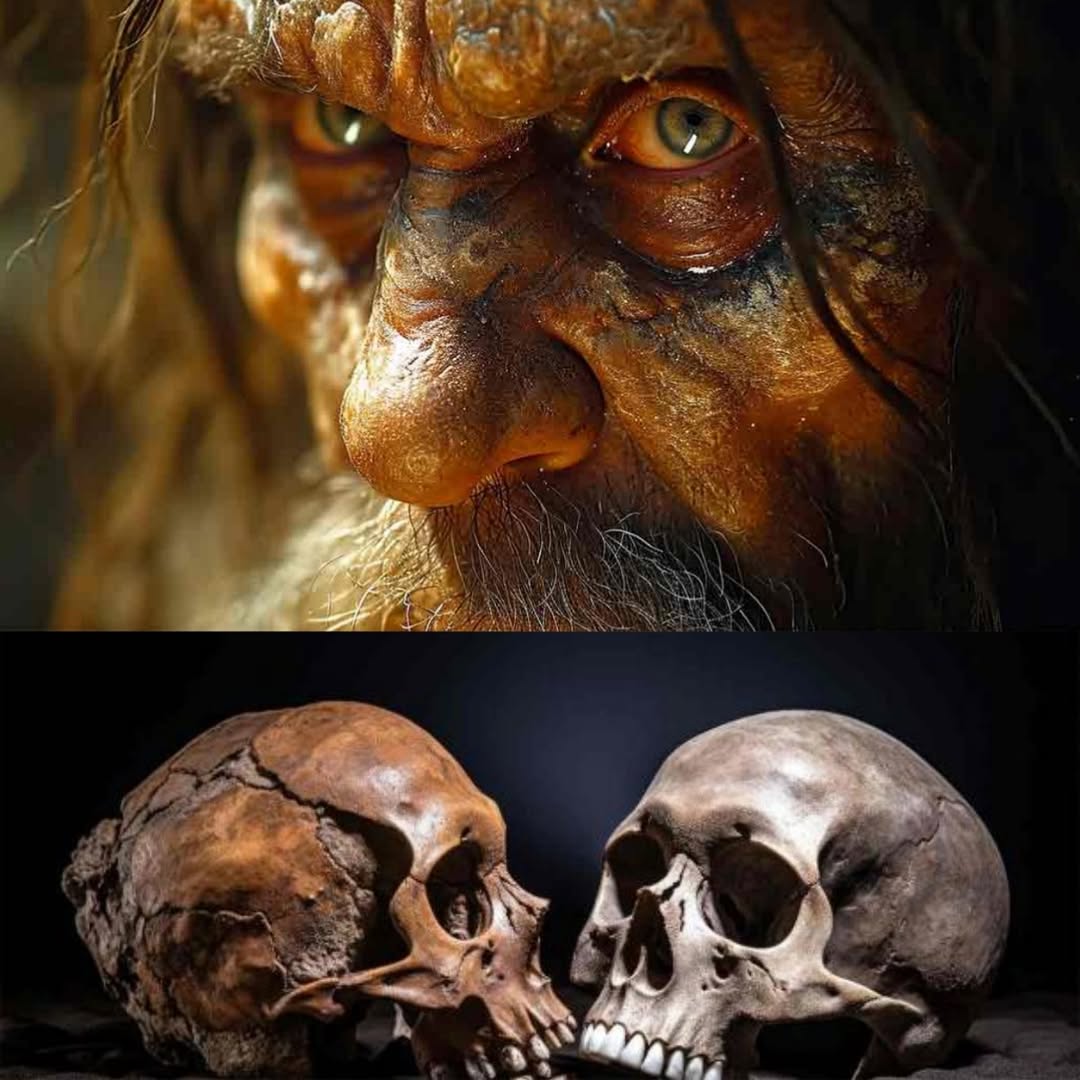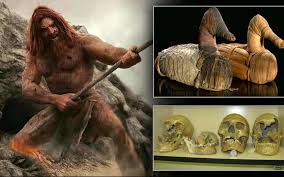Oldest Human Viruses Found in 50,000-Year-Old Neanderthal Bones – Hidden Killers of the Ancient World?

In a jaw-dropping discovery, scientists have recovered 50,000-year-old viruses from Neanderthal remains found in Russia’s Chagyrskaya Cave, marking the oldest human-associated viruses ever identified. This groundbreaking find reveals traces of adenovirus, herpesvirus, and papillomavirus lurking within these ancient bones, suggesting that our extinct cousins battled illnesses strikingly similar to those we face today.

The implications of this discovery are profound. It not only sheds light on the health challenges Neanderthals encountered but also raises an eerie question: could these ancient viruses have played a role in their mysterious disappearance? With the Neanderthals’ extinction still shrouded in mystery, understanding the diseases they faced could provide critical insights into the factors that led to their decline.
As researchers analyze the viral remnants, they are uncovering a narrative that intertwines the health of our ancestors with the evolutionary pressures they faced. The presence of these viruses indicates that infectious diseases have been a part of the human experience for tens of thousands of years, shaping our biology and perhaps even our behaviors. The idea that Neanderthals were not just primitive beings but faced complex health challenges parallels our own struggles with disease, creating a poignant connection across millennia.

However, this discovery also raises chilling possibilities. What if these ancient viruses, long buried and forgotten, were to be awakened? In our modern world, where globalization and climate change are reshaping ecosystems, the re-emergence of ancient pathogens is a concerning prospect. Are we equipped to confront infections that have been dormant for thousands of years? The potential for resurrecting these hidden killers poses ethical and health-related dilemmas that scientists and public health officials must consider.

In conclusion, the recovery of the oldest known human-associated viruses from Neanderthal bones offers a fascinating glimpse into the health challenges faced by our ancient relatives. This discovery not only enriches our understanding of prehistoric life but also prompts us to reflect on the ongoing battle against infectious diseases. As we navigate the complexities of modern health, we must remain vigilant about the potential threats posed by ancient pathogens. The past may hold secrets that, if uncovered, could reshape our understanding of disease and survival in the human story. Are we prepared to face the shadows of our ancient infections? The answers may lie buried beneath the layers of time, waiting to be revealed.